UK PMI Services was finalized at 62.6 in March, up from February’s 60.5. Rate of expansion was the second strongest since May 1997, exceeded only by the post-lockdown recovery in May 2021. PMI composite was finalized at 60.9, up from prior months 59.9, fastest expansion since June 2021.
Tim Moore, Economics Director at S&P Global: “UK economic growth continued to surge higher in March after an Omicron-induced slowdown at the turn of the year… However, the near-term growth outlook weakened in March, with optimism dropping to its lowest since October 2020 as the war in Ukraine and global inflation concerns took a considerable toll on business sentiment.
“Service providers experienced the second-fastest rise in business expenses since this index began in 1996, driven by higher wages, energy bills and fuel prices. Soaring costs meant that output charges were increased to the greatest extent for more than 25 years in March. Many survey respondents commented that the full extent of the recent spike in their operating costs had yet to be passed on to customers.”




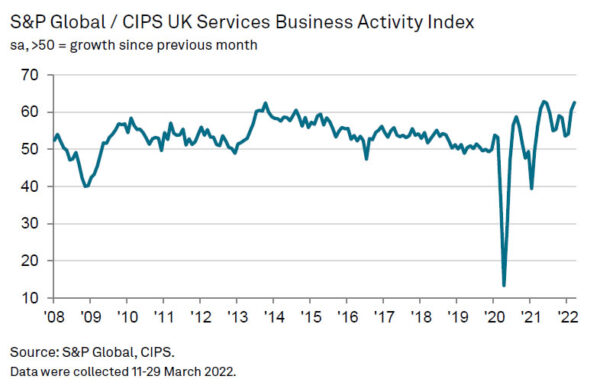
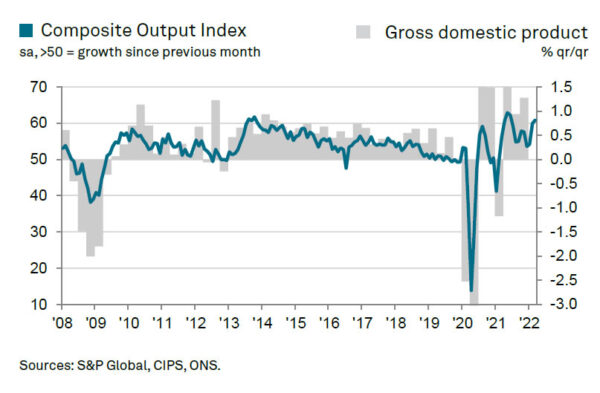
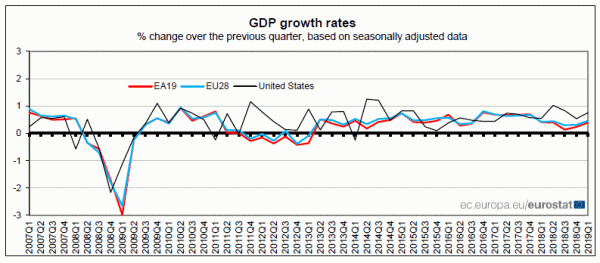
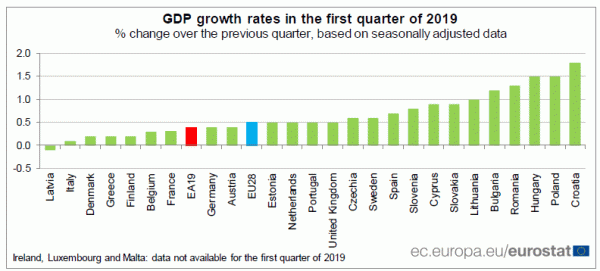
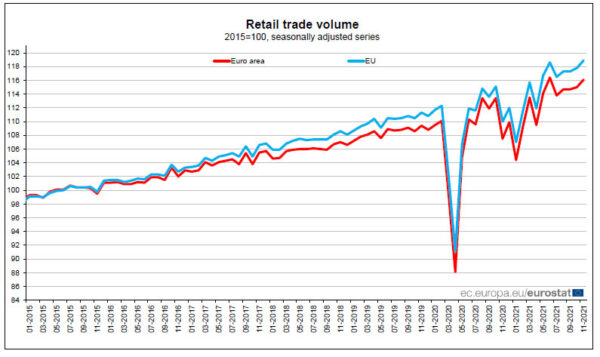
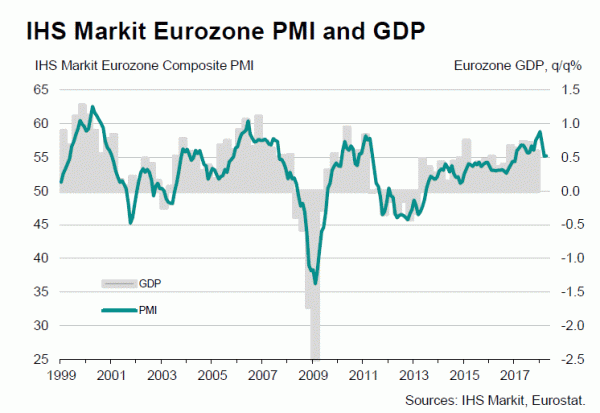

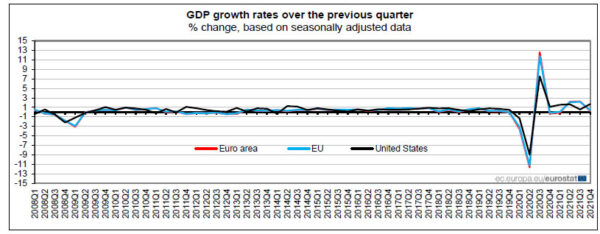

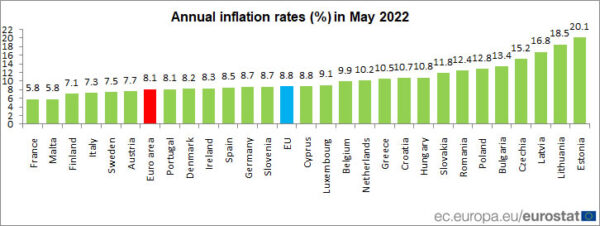
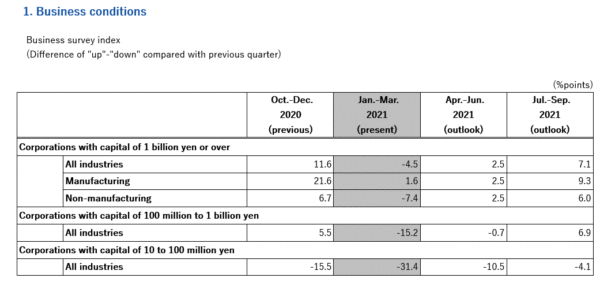
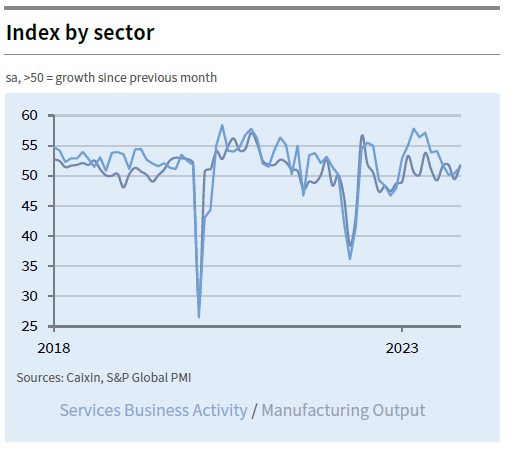
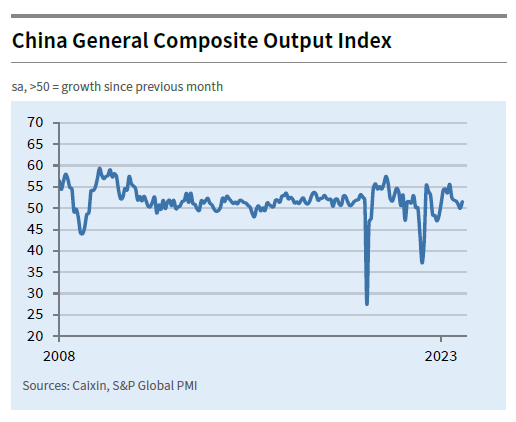

US durable goods orders down -1.0% mom in Feb, led by transport equipment
US durable goods orders dropped -1.0% mom to USD 268.5B in February, much worse than expectation of 0.4% mom rise. Ex-transport orders was flat 0.0% mom at USD 179.0B, below expectation of 0.2% mom. Ex-defense orders dropped -0.5% mom to USD 251.5B. Transportation equipment dropped -2.8% mom to USD 89.4B.
Full durable goods orders release here.